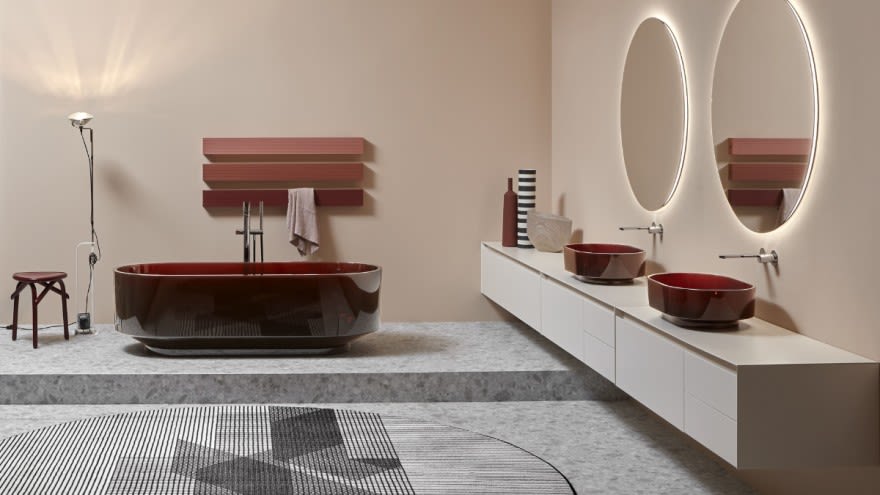How does it work

Transparency has returned to the furnishings scene – quite literally! Refreshingly modern yet at the same time fun, see-through furniture is making an appearance both indoors and outdoors with pieces that fit elegantly into many interior design styles. Read on to find out what’s so special about this trend, what materials are used and how transparent furniture can be used to best effect.
Transparent furniture is back
The transparent look in interior design previously came to prominence in the 1970s and 1990s . Back then, too, these apparently timeless furnishings were very popular because of their ability to impart a feeling of harmony to a room. Materials like acrylic, glass or plastic were often used and combined in a variety of ways.
What’s special about this trend is that it can be reinterpreted time and time again and easily combined with modern interiors. Just as they have done in the past, today’s designers are creating see-through pieces largely in the form of tables, chairs, bench seats and decorative accessories. Developed for Castelli Piretti in the 1970s, the Plia folding chair by Giancarlo Piretti is one of the most famous classic designs – and a cult object that has stood the test of time.

What’s so special about plastic furniture?
Transparent furniture embodies the concept of dematerialisation. However, the materials used are actually very robust and durable. The term refers to the fantastical appearance of the designs, as seen in the XH-8096A plastic chair from Biaoxiang Furniture or the elegant Eros table by Pierangelo Gallotti for Gallotti&Radice. Thanks to these materials, it’s possible to create focal points while also maintaining an understated appearance.
In most cases, designers use the transparent plastic polymethyl methacrylate – abbreviated to PMMA – to manufacture their pieces. This material is often called acrylic or Plexiglas, the latter being a registered trade mark belonging to the manufacturer Evonik.
The synthetic material is heated and worked in liquid form, making it possible to create the sweeping shapes for which transparent and translucent furniture is known. This artistic styling is clear to see in the sculpture-like Sol Table by the design duo OrtegaGuijarro from ClassiCon .
We use cookies to personalize content, adapt and evaluate the effectiveness of advertising, as well as to ensure security. By going to the site, you agree to the use of cookies to collect information on 2beinstore.com. Please read our Cookie Policy for more information




